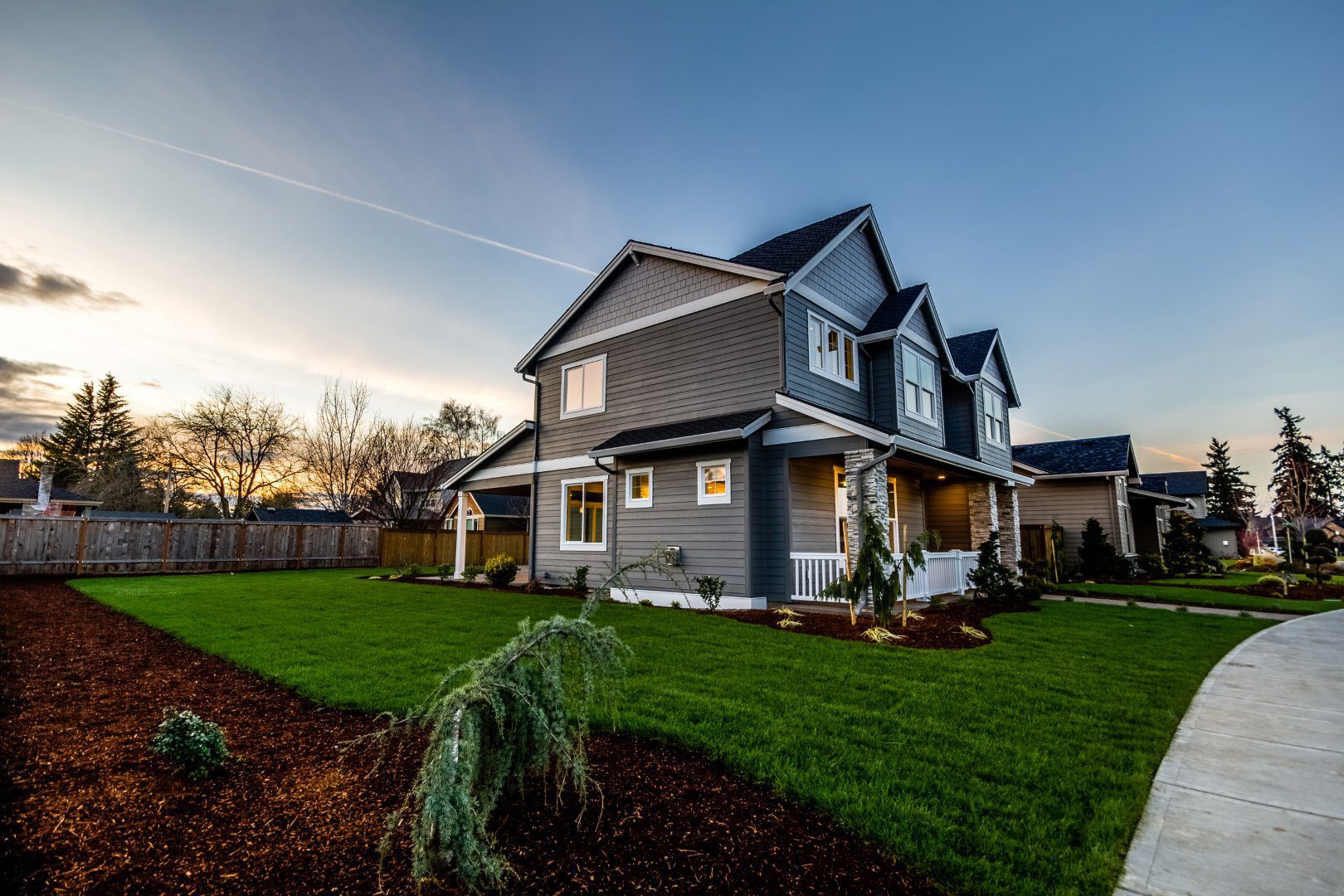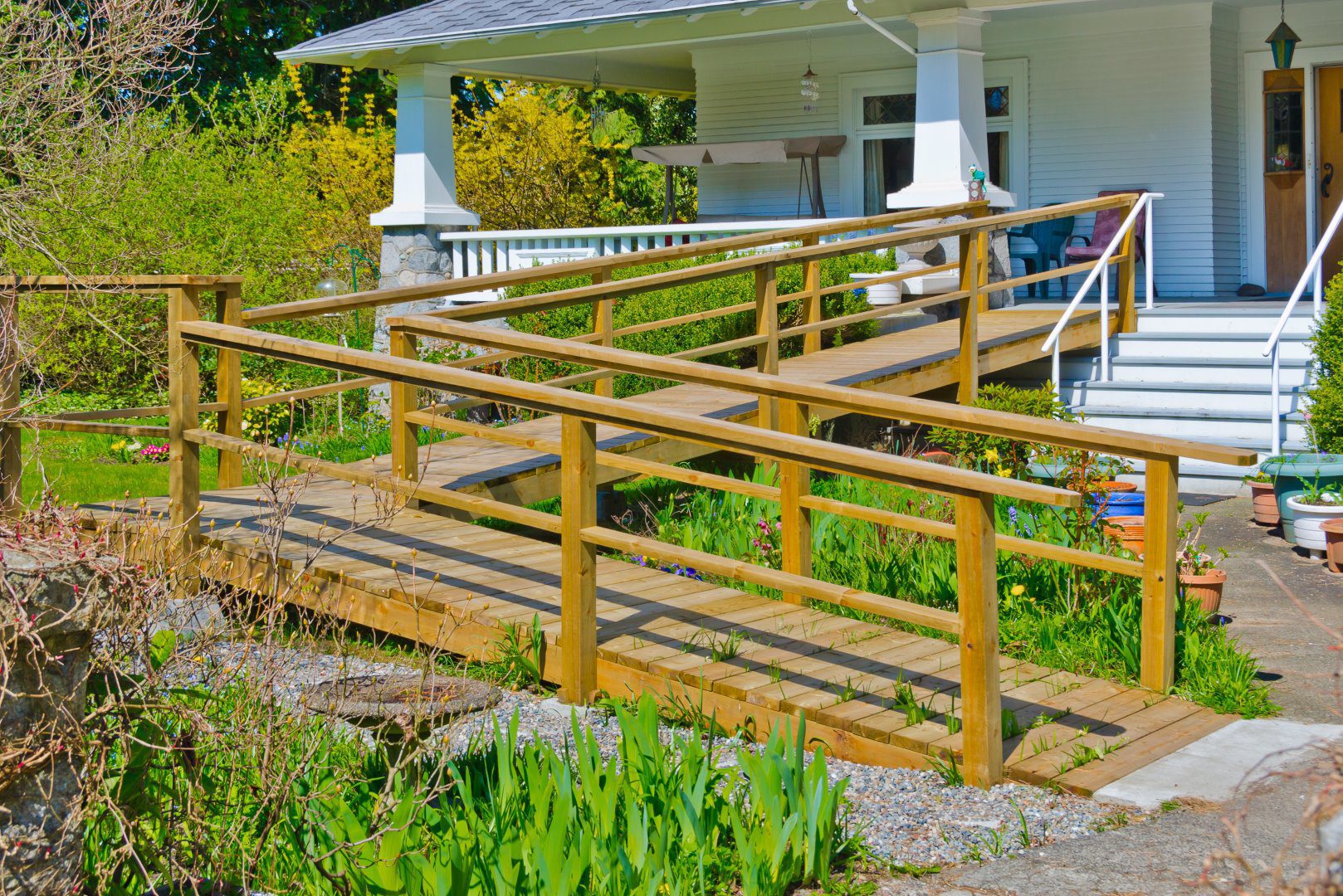Home is where the Heart is.
At Premier Aging in Place, it's our passion to provide renovations that help seniors stay in their beloved homes. With the right modifications, we make aging in place as convenient as possible, helping you ensure your golden years are golden.
Independence
One of the primary reasons our clients make the decision to remain in their home while aging, is being able to independently maintain their routine in a familiar, and comfortable space. This factor alone contributes greatly to improved mental health and can prevent some of the common effects of moving to senior living such as depression and anxiety.
Mobility
Getting in and out of your home, as well as navigating throughout, is a vital piece of Aging in Place renovations and construction. Our experienced builders are certified by the National Aging In Place Council, and will work with each client to make sure every detail is covered.
Comfort & Safety
Using a homes facilities, such as the restrooms and kitchen can become challenging, and present obstacles as one ages. Our aim is to work with each client individually to find solutions that address these concerns, so seniors may continue to live in their homes independently, and with all due dignity and safety.

Premier Aging In Place is proud to be certified members of the National Aging In Place Council.
What is Aging In Place?
Aging brings many changes to a person's life - the kids move out, we retire, and, if we're lucky, we might become grandparents.
But there's another, more gradual change that comes with aging, one we feel in our bones. We feel less flexible, less strong, and start to lose balance. These bodily changes can make it tough to perform activities around the home we once found simple. For instance, we may have trouble getting in and out of the bathtub, or going up and down the stairs.
It’s at this point that the idea of moving to an assisted living facility enters the picture. However, according to the AARP, 3 in 4 retirees want to stay in their homes as they age. It's no wonder - why would you want to leave the place you've spent decades in, the place where you've built up a life and happy memories? Fortunately, the changes that come with age don't always make it necessary to leave your home behind. With the right renovations - and the right home renovation contractors, with an aging in place certification - it's possible to modify your home to meet your changing needs.
This is what is meant by aging in place. Walk-in tubs, stairlifts, widened doorways for wheelchair access, and many other aging in place home modifications make it so your home evolves with you.
After all, home should be a place you're comfortable in, no matter your age!
Nursing Home Vs. Aging In Place
Senior Living Facility
Average Cost per Year
$48,612
Annual cost each year of residence.
Aging in Place
Modifying existing home once
$20,000*
One time expense. *Cost varies and is dependent on requirements.
It’s no secret that assisted living facilities are very expensive - the average annual cost to stay in one is $48,612. Unfortunately, Medicare won't cover these expenses. However, Medicare will cover in-home care if you're considered homebound and the service has been prescribed by a doctor. As for aging in place home renovation costs, it varies, as every senior has different needs. You can usually expect to pay much less than even 1 or 2 years at a nursing home.
Additionally, renovating your home for aging in place is usually just a one-time expense. Once the changes are made they're there for good. Many seniors have fully paid off their home so they don't have to worry about a mortgage, which makes aging in place more attractive. As aging in place grows more and more popular, incentives may increase. For instance, there's now an aging in place tax credit in Howard County, Maryland, and other areas around the country are considering following suit.

Promote Good Physical and Mental Health
Most people assume assisted living facilities are the best choice for maintaining good health in elderly people. However, this isn't always the case! For one, nursing homes are crowded, with many people of varying health levels living in close proximity. This makes it easier for illness to spread.
And what about mental health? Well, it's clear that being removed from familiar surroundings can lead to sadness and anxiety. The lack of independence that comes with being in a nursing home can also make people feel depressed.
Aging in place allows people to feel as independent as they have for decades, all while in a comfortable environment, ensuring better mental health.
Keep in mind aging in place is not for everyone - certain health conditions may make assisted living facilities a better option, for instance Alzheimer's disease or severe dementia.
Stay Close to Loved Ones
Seeing friends and family regularly is an important part of living a fulfilling life. If a senior opts to age in place, family can visit just like it's always been, eating meals with you, watching films, or even staying the night. Aging in place construction makes this a reality.
Nursing homes, on the other hand, have visiting hours - family won't always be allowed in, for instance late at night. When visiting they may have to leave after an hour or two to make dinner or go get some rest. When aging in place, there's not as much pressure for visitors to head out the door.
You'll also be able to stay in touch with neighbors when aging in place. At an assisted living facility a person may feel socially isolated, and you could be stuck with a roommate you're not particularly fond of!
.

Have an Aging in Place Plan
A simple, aging in place definition would read something like "home renovations that make it possible for seniors to stay in their home as long as possible." Sounds pretty cut-and-dry, right? But aging in place is more complicated than that - just like any new lifestyle, it requires a solid plan to ensure it's successful.
Leave the details to us.
We specialize in new construction, and existing home modifications that are built from the ground up for safety and independent senior living.
Entry accessibly, such as wheelchair ramps, hardware and fixtures built for ease of use.
Kitchen modifications for independent food preparation, hazard reductions, and ease of navigation.
Bathroom remodels for aging in place including secure handles for improved stability, "easy in, easy out" accessible shower and bath modifications, and more.
Cutting edge technology built with seniors in mind for both safety, and seamless independent living including fall detection, communications, and home automation.





